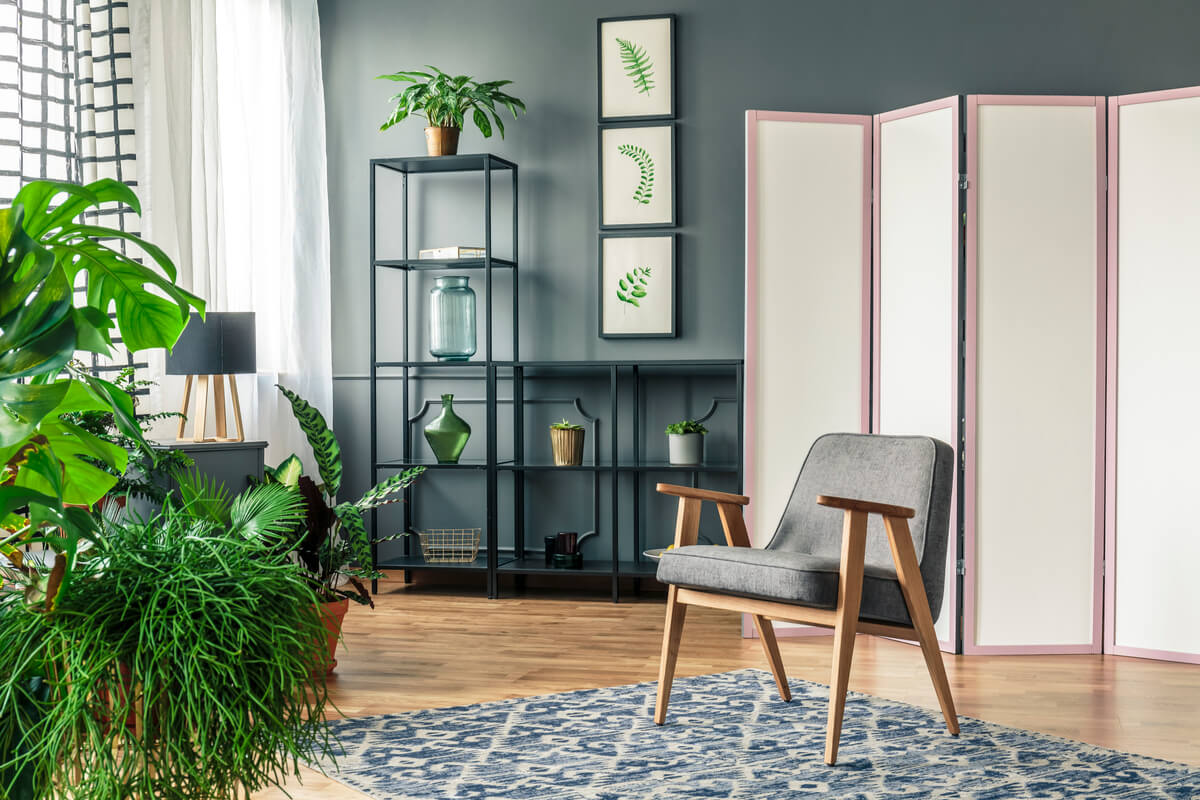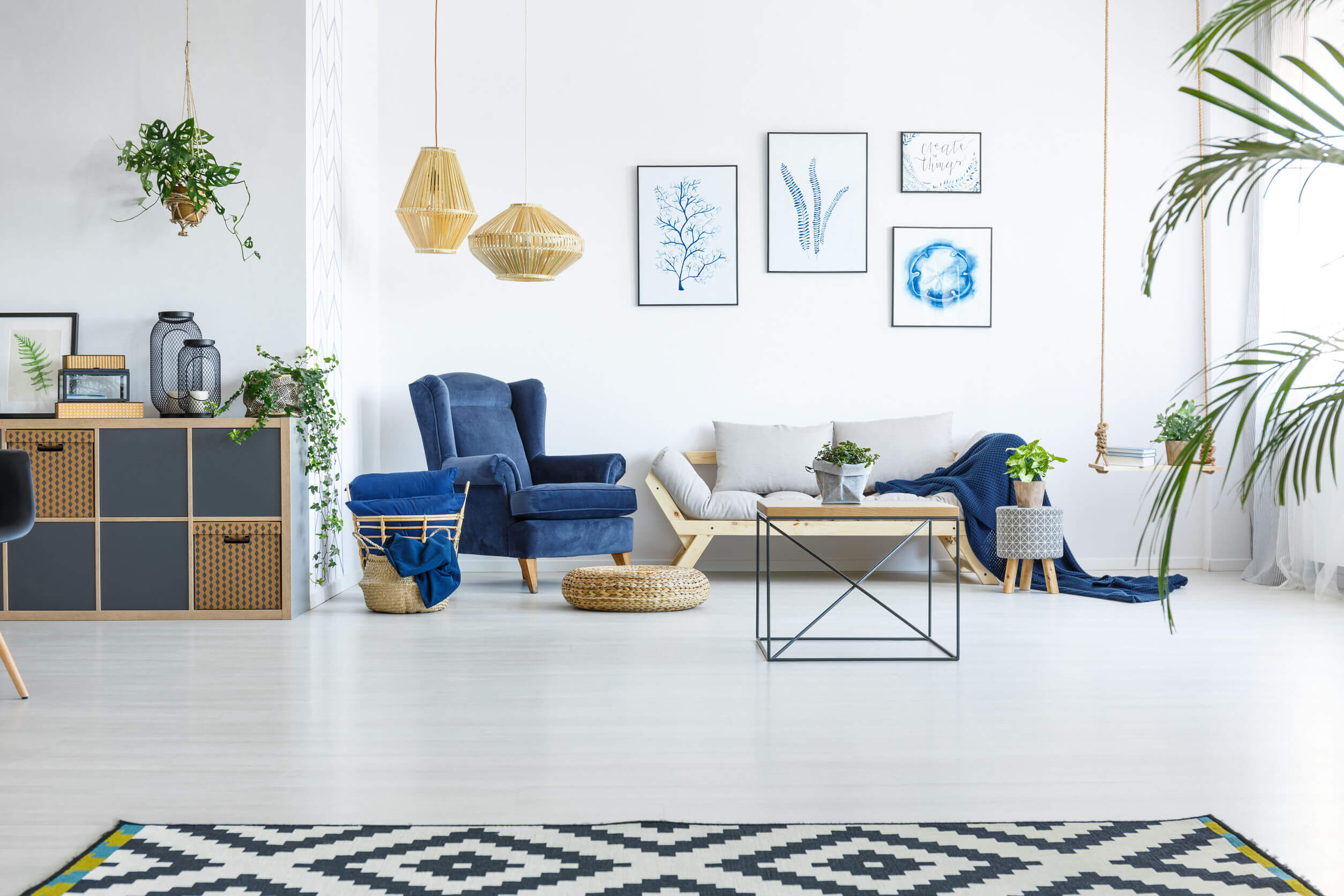5 Ideas to Separate Spaces Without The Need For Partitions

Interior design models offer us increasingly versatile and open-plan homes. On the other hand, our lives have changed and particularly, during the last year, we’ve been forced to spend more time at home. This has led us to look for multifunctional spaces that double as a living room, office and playroom. With all this in mind, we’ll look for a way to separate spaces without the need for partitions.
Our rooms no longer have specific uses, which has led us to seek a new way to distribute our spaces. The purpose is that the environment flows while we make the most of every inch. Keep reading to learn about creating a separation of space on good terms.
How to separate spaces without the need for partitions

There are many formulas that can allow us to have multifunctional spaces without losing the essence of each room. We don’t like partitions either, not to mention that sometimes it’s not possible to compartmentalize each area. So let’s get creative and look for solutions full of design, practicality, and versatility.
1. Glass panels or partitions
For small apartments, open spaces are more than recommended. However, sometimes we need to differentiate between zones or isolate the kitchen so that cooking smells don’t infiltrate our entire space.
One option that we love is glass panels or partitions, since they do offer a certain amount of privacy while promoting communication and allowing the natural light in. With a panel design, we can create style and add a touch of class to the living room.
2. Screens to separate spaces without the need for partitions
For times when we need a more versatile solution, screens are the best. It’s one of those items that seem to have fallen into disuse, but interior designers have now rescued it from oblivion.
They’re ideal for delimiting the different areas within the same space. For example, to create a reading corner in the bedroom or to mark the office that we’ve set up in the living room.
As for models, there are options for all tastes, including rattan. A perfect model for most Bohemian spaces.
3. The practicality of books
A bookstore type of screen is one solution that we like the most when it comes to separating environments. It acts as a clear barrier while allowing us to keep our books in order. It’s capable, effective and very practical.
To give the room a light appearance and not see it as a hindrance, we’ll choose a floating unit without a back. If there are no space problems and we want to integrate books into our environment, we can install a unit to hold our books, that matches the walls and creates a focal point.

4. Separate spaces without the need for partitions: choose rugs
Sometimes the simplest thing escapes us and this is one of the most economical and successful ways to differentiate different areas of the same space.
Visually, a rug separates each area very well, especially if we put them in the living room. The furniture should be on and around it, which will create a clear frame with respect to the dining room or passageways.
5. Seen and unseen: the magic of sliding doors
Sliding doors have the power to separate and unite two adjoining spaces, depending on the specific needs of each space. The best thing about this highly popular solution is that it allows us to make good use of the space and lets in natural light.
We can find suspended, folding, or embedded sliding doors and in a wide variety of materials. They’re super decorative or they can go unnoticed, depending on the effect we want to achieve. They always give us the option of opening or closing the space depending on the moment.
We’ve seen the many different ways that can exist to separate spaces without the need for partitions. They range from those that require a reform to those that are achieved by coupling a new piece of decoration.
When we need to divide the areas at home, we should look for creative and practical solutions that allow us to shape flexible spaces.